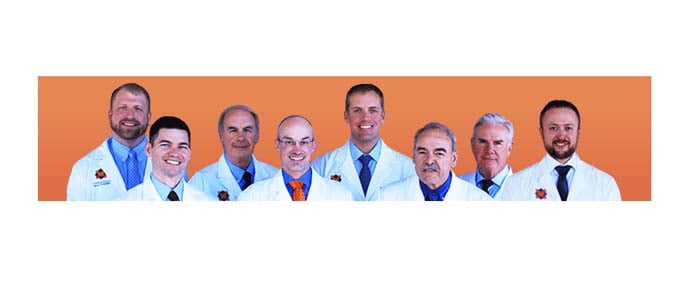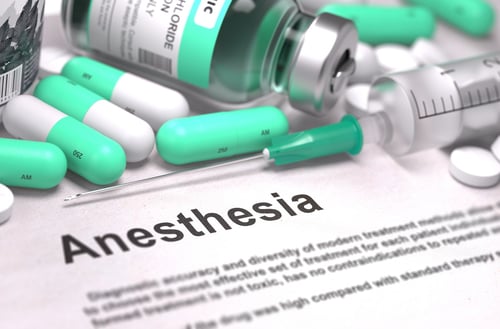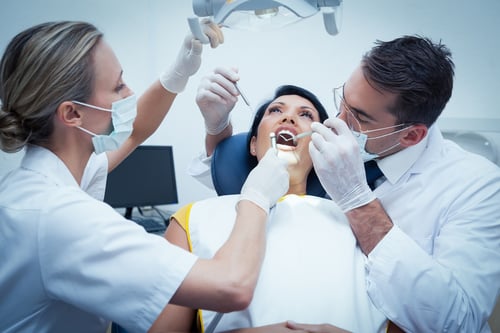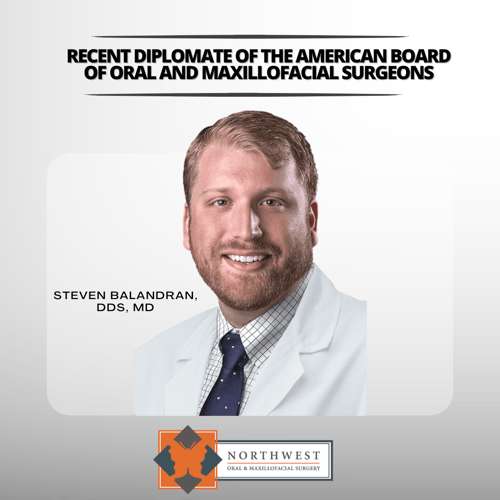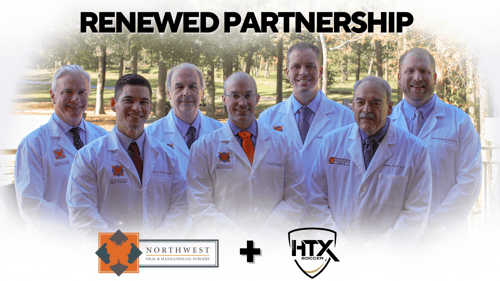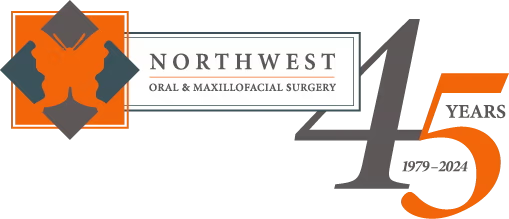The Woodlands, TX – 7.22.24 – Northwest Oral & Maxillofacial Surgery is proud to announce the addition of Dr. Chris Midtling to their team of board-certified oral and maxillofacial surgeons. In mid-July, Dr. Midtling will be joining the pra...
Read More
Topics

